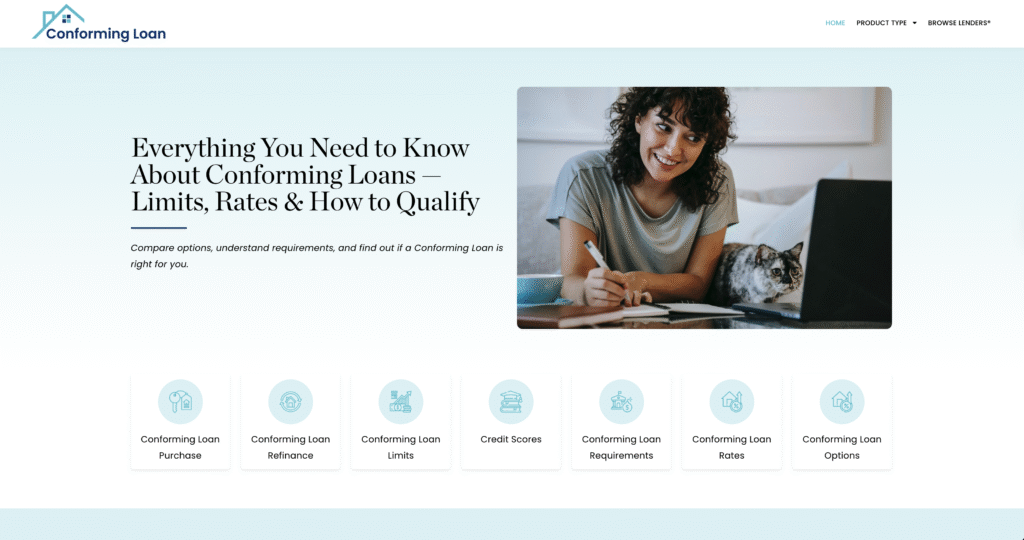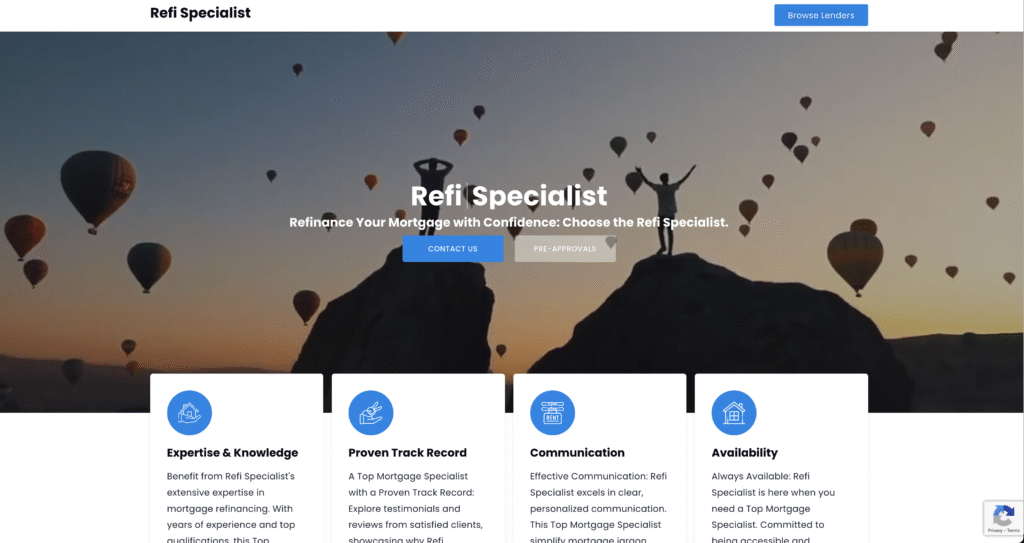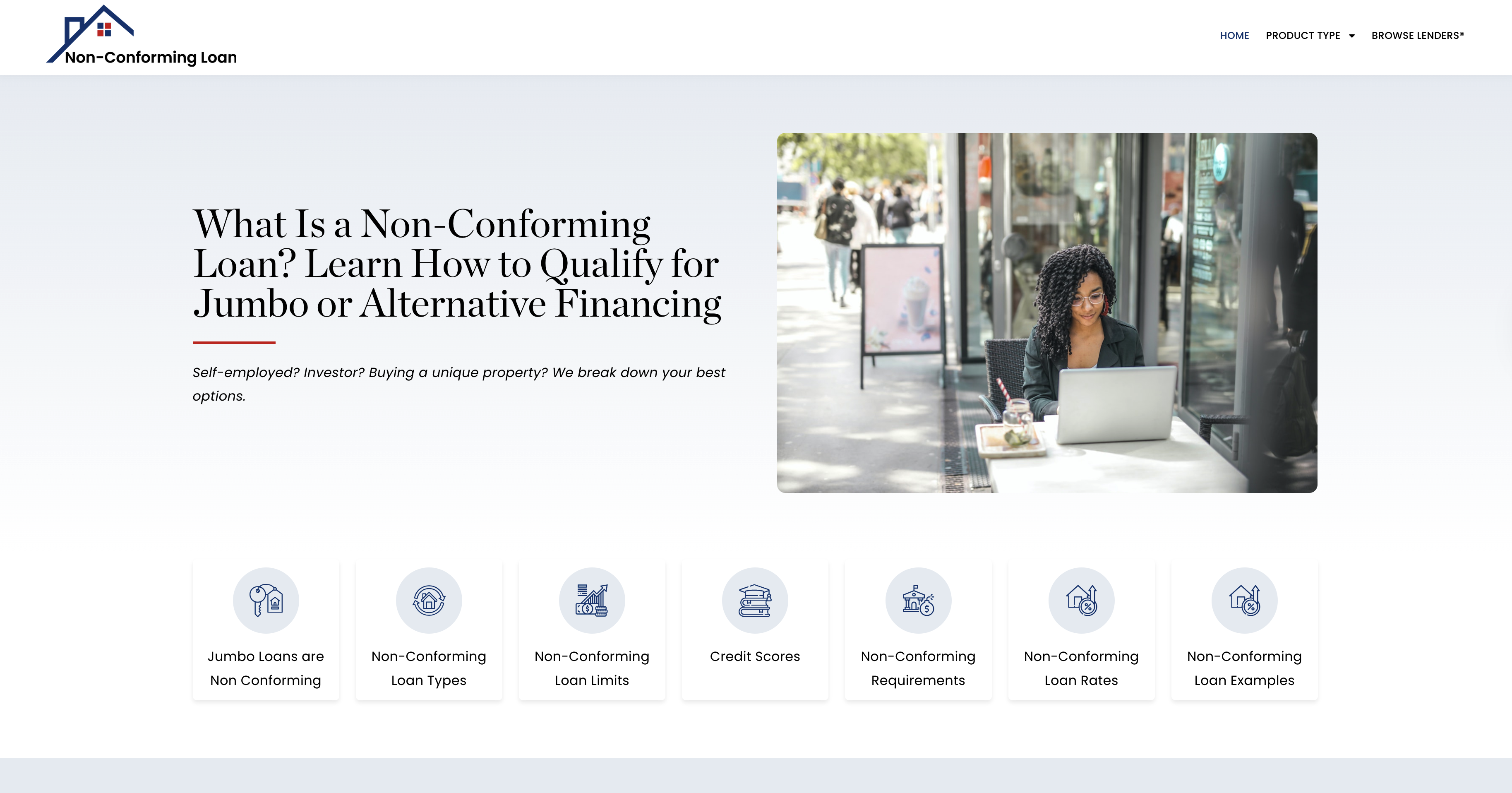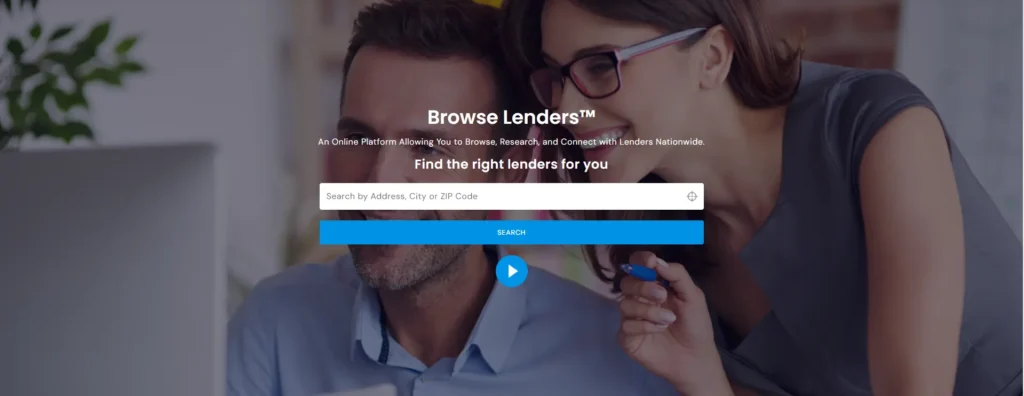Debt Payoff Tracker: Monitor Balances and Paydown Schedules with Credit Impact in Mind
Paying down debt is one of the most empowering things you can do for your financial future—but it’s also one of the most overwhelming, especially when your progress feels invisible. You make your payments every month, but the balances barely move. You sacrifice dinners out and spontaneous purchases, but your statement still shows interest piling on. If you’ve ever felt discouraged while trying to dig out of debt, you’re not alone. That’s where a Debt Payoff Tracker becomes more than just a budgeting tool—it becomes a source of momentum, structure, and clarity. Instead of leaving you in the dark about how your payments are working, it helps you visualize your payoff journey and understand how each dollar you apply impacts your Middle Credit Score® and your long-term financial stability.
At its core, a Debt Payoff Tracker brings focus to a process that can otherwise feel chaotic. When you’re juggling multiple credit cards, student loans, car payments, or even medical bills, it’s easy to lose track of what you’ve paid, what you owe, and which debt should be your priority. Some people throw extra money at the card with the highest payment, others chase the one with the highest balance, and many simply pay the minimums and hope for the best. But not all debt is created equal—especially when it comes to credit scoring. Some debts carry high interest but little credit score impact. Others, like revolving credit cards with high utilization, can weigh heavily on your score month after month. A smart payoff tracker doesn’t just help you get out of debt—it helps you do it strategically, so that your efforts support your credit goals along the way.
One of the most misunderstood parts of the credit system is how different kinds of debt affect your score. Installment loans—like auto, personal, or student loans—can help your credit when managed properly. But credit cards, especially those with high utilization or erratic payments, can hurt your Middle Credit Score® even if you’re paying on time. A Debt Payoff Tracker that’s built with credit impact in mind helps you prioritize the debts that affect your score the most. It shows you, in real time, how reducing one card’s balance from 80% to 30% can increase your score faster than paying off a loan that’s already in good standing. It helps you calculate the trade-offs between interest savings and credit score gains, allowing you to make smart decisions based on your specific situation.
Another benefit of using a Debt Payoff Tracker is that it gives you a clear timeline. Debt often feels endless, especially when you’re chipping away slowly. But when you map out your paydown plan with real numbers, you gain a sense of progress—even if the journey is long. You can see how every extra $20 shortens your timeline. You can forecast what your balances will be in 3, 6, or 12 months. You can plan milestone celebrations when specific balances hit zero. This kind of structure creates consistency, and consistency is the key to credit recovery. Lenders don’t just reward borrowers who pay—they reward borrowers who pay predictably. A payoff tracker helps you build that rhythm, which improves your financial profile even before you’re debt-free.
The tracker also becomes a protection tool. By having full visibility into your balances and payment schedules, you reduce the chance of missing due dates or accidentally carrying a balance past the statement date, which can negatively affect your credit score. If you’re working with a co-borrower or spouse, the Debt Payoff Tracker provides shared accountability. If you’re preparing for a big goal like buying a home or qualifying for a refinance, it gives your mortgage broker or lender a crystal-clear snapshot of your debt management strategy. It becomes proof that you’re not just trying to pay off debt—you’re doing it with purpose, with a system, and with credit optimization in mind.
In Part 2 of this guide, we’ll show you how to set up a customizable Debt Payoff Tracker—complete with balance tracking, prioritization models (like snowball vs. avalanche), interest rate visibility, payoff timelines, and real-time credit impact estimation. You’ll learn how to adjust your strategy if income changes, how to shift payments between debts when needed, and how to use your tracker to stay motivated during long repayment periods. Most importantly, you’ll learn how to ensure that every payment you make supports your Middle Credit Score®, not just your balance sheet.
Step-by-Step Breakdown
A Debt Payoff Tracker is more than just a list of balances—it’s a personalized command center for eliminating debt strategically and improving your Middle Credit Score® along the way. The goal is not just to become debt-free, but to pay off the right accounts in the right order, with intentionality that enhances your score, reduces your utilization, and builds long-term financial momentum. Below is a comprehensive step-by-step guide to building and using a Debt Payoff Tracker tailored for both speed and credit optimization.
Step 1: List All Debts in a Master Table
Create a debt overview table with the following columns:
| Account Name | Type | Balance | Interest Rate | Limit (if credit card) | Monthly Min. | Status |
|---|---|---|---|---|---|---|
| Card A | Credit Card | $2,100 | 24.99% | $2,500 | $65 | Open |
| Card B | Credit Card | $1,850 | 19.99% | $2,000 | $60 | Open |
| Auto Loan | Installment | $6,800 | 6.5% | N/A | $265 | Open |
| Personal Loan | Installment | $3,300 | 9.2% | N/A | $210 | Open |
| Student Loan | Installment | $7,400 | 5.5% | N/A | $120 | Deferred |
📌 Tip: Include all open accounts, even those in deferment, to get a full picture.
Step 2: Choose Your Paydown Strategy (and Credit Objective)
You’ll choose one of the following strategies depending on your credit goals:
| Method | Description | Best For |
|---|---|---|
| Avalanche | Pay highest interest rate debt first | Max interest savings |
| Snowball | Pay smallest balance first | Quick wins & momentum |
| Credit Score Boost | Pay down highest-utilization cards first | Fastest Middle Credit Score® gains |
| Hybrid Plan | Blend of two above | Balanced approach |
✅ Example Hybrid: Snowball method for credit cards, avalanche for loans.
Step 3: Set Target Payoff Dates
Based on your monthly debt budget, calculate projected payoff timelines.
| Account Name | Balance | Extra Payment | Projected Payoff Date |
|---|---|---|---|
| Card A | $2,100 | $150/month | 9 months |
| Card B | $1,850 | $100/month | 10 months |
| Auto Loan | $6,800 | Standard only | 24 months |
| Personal Loan | $3,300 | $100/month | 17 months |
Use spreadsheet formulas or a debt payoff calculator to auto-generate timelines.
Step 4: Prioritize Based on Utilization Impact
Credit cards over 30% utilization have a stronger negative impact on your score.
| Card | Balance | Limit | Utilization | Priority |
|---|---|---|---|---|
| A | $2,100 | $2,500 | 84% | High |
| B | $1,850 | $2,000 | 92.5% | High |
| C | $1,000 | $5,000 | 20% | Low |
Your plan should target the highest-utilization card first if your goal is score improvement.
Step 5: Build Your Monthly Payoff Tracker
Track every payment, interest charge, and new balance.
| Month | Account | Starting Balance | Payment | Interest | Ending Balance | Utilization |
|---|---|---|---|---|---|---|
| May | Card A | $2,100 | $200 | $43.74 | $1,943.74 | 77.7% |
| June | Card A | $1,943.74 | $200 | $40.45 | $1,784.19 | 71.4% |
Step 6: Automate Core Payments and Track Extra Paydowns Manually
- Auto-pay minimums to protect payment history
- Use manual tracking for extra payments on priority debts
- Set payment reminders for manual paydowns 5 days before statement date
This ensures:
- No missed payments
- Early payment reporting to lower utilization
- Score improvements are reflected before next credit update
Step 7: Visualize Progress with Graphs and Charts
Create:
- Bar graphs to show balance reduction by account
- Pie charts for percentage of debt eliminated
- Line graphs for utilization over time
These visuals build momentum and reinforce discipline.
Step 8: Build a Milestone-Based Reward System
| Milestone | Reward |
|---|---|
| First card under 50% | Favorite takeout meal |
| All cards under 30% | Half-day off or spa day |
| First account paid in full | Frame your payoff letter |
| Middle Score® +50 pts | Weekend getaway budget |
This reinforces positive habits without derailing your financial progress.
Step 9: Monitor Credit Score Every 30–45 Days
Track how each milestone affects your Middle Credit Score®.
| Month | Score | Reason for Change |
|---|---|---|
| May | 621 | Card A utilization down 10% |
| June | 640 | Card B dropped under 70% |
| July | 658 | All cards now under 50% |
| Sept | 678 | Card A paid in full |
Expect small fluctuations. Focus on trend, not perfection.
Step 10: Rebalance Tracker Quarterly
Every 90 days:
- Re-evaluate income vs. debt allocation
- Shift focus if a new account becomes higher-utilization
- Apply bonuses, refunds, or side hustle income toward payoff
- Decide if old cards should be closed (usually not) or kept open with light use
| Adjustment Example | Reason |
|---|---|
| Redirect $100/month to Card C | Card B paid off |
| Apply tax refund to Loan A | Lower long-term interest |
| Close store card | Inactive and no credit age |
Bonus: Payoff Strategy for Score-Critical Scenarios
Preparing for a mortgage, car loan, or refinance? Use your Debt Payoff Tracker to:
- Drop all cards below 30% 60–90 days before applying
- Eliminate small nuisance balances that skew your total utilization
- Avoid applying for new credit during payoff period
- Avoid closing cards (even paid-off ones) to preserve credit history
- Track score changes before pre-approval to ensure optimal timing
Final Dashboard Snapshot (12 Months In)
| Metric | Starting | Month 12 | Change |
|---|---|---|---|
| Total Debt | $21,800 | $12,450 | -$9,350 |
| Middle Credit Score® | 622 | 695 | +73 pts |
| Avg. Utilization (all cards) | 76% | 18% | -58% |
| Accounts Paid in Full | 0 | 3 | +3 |
Middle Credit Score® Support Center
Browse Lenders® – Speak with a Lending Expert






